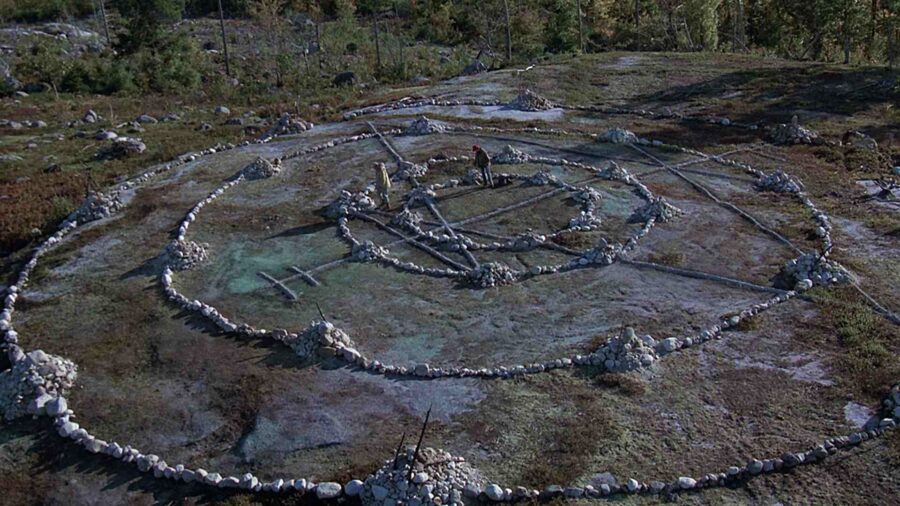Scientists Discover The Oldest Burial Site Ever, And It Wasn’t Made By Humans
The oldest burial site was recently unearthed, and it's believed to be created by our ancient ancestors the Homo naledi.

It’s not every day that scientists make a discovery that challenges our very notions of humanity. But that happened recently with the discovery of the world’s oldest burial site, one that was notably not created by human hands. As reported by Science Alert, the site was discovered recently in South Africa, and it was created by Homo naledi, a “distant relative” of humans known for having small brains.
What do we know about Homo naledi, aside from the fact that they had small brains? In short, they were hominids in the Stone Age known for climbing trees. Before the discovery of this burial site, nobody thought that this particular species would be capable of doing something like burying their dead.
If you’re not a paleontologist, you probably have a big question right now: since burying the dead is not a very complex task, why is it so significant to discover evidence of a Homo naledi burial site? It all comes back to those small brains that we mentioned before. These little guys (they were about five feet tall) had brains the size of an orange, and the previously-accepted wisdom is that the “complex emotional and cognitive behavior” associated with “mortuary practices” were normally reserved for species that had larger brains, such as Homo sapiens.

According to this discovery by accomplished (and often controversial) palaeoanthropologist Lee Berger, whose findings have yet to be peer-reviewed, this burial site near Johannesburg significantly pre-dates the burial sites created by Homo sapiens. Specifically, the site they discovered is at least 100,000 years older than the oldest known Homo sapiens burial site. And while this discovery has shocked the scientific community, it seemingly confirms the once-controversial claims that Berger made back in 2015.
At the time, he insisted that Homo naledi were capable of far more than the scientific community thought. The prevailing wisdom was that their brains were too small to do anything more complex than building the occasional tools. Lee Berger felt they were capable of more, and some of the details discovered at this burial site not only seem to confirm that, but they further challenge the assumptions we have made regarding human evolution.
For example, the burial site consisted of more than the five bodies researchers found buried and covered. It also contained various geometrical shapes, including one that Berger described as a “rough hashtag figure.” According to Berger, “That would mean not only are humans not unique in the development of symbolic practices, but may not have even invented such behaviors.”
In other words, much of the scientific community has been working on the assumption that it was only the big brains of Homo sapiens that could develop things like symbolic meanings and artistic creation. But if Berger’s findings at this burial site are confirmed, it would mean that a distant relative of humanity was capable of doing these things we once thought were limited to Homo sapiens. In addition to shaking up the scientific world, this also has the potential to shake up the history and artistic communities as well.
Ultimately, this burial site that Berger and his team discovered has the potential to change many of our notions regarding art, history, evolution, and more. Berger has earned a reputation as something of a maverick in his field, but his findings are often correct, and this latest discovery seemingly corroborates his earlier claims. If nothing else, we remain fascinated by the idea that Homo naledi might have been using their own version of hashtags hundreds of thousands of years before Twitter itself started becoming a digital burial site.












